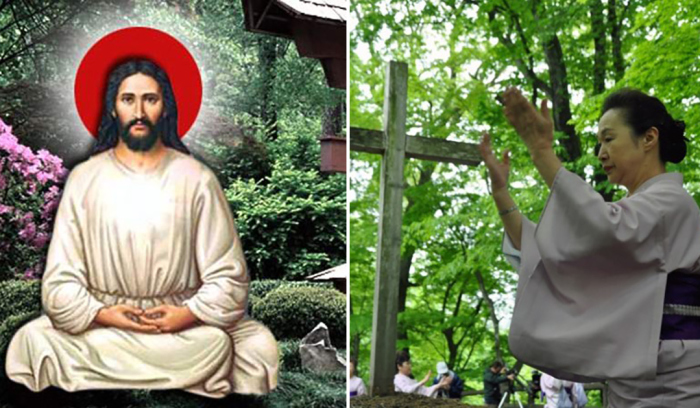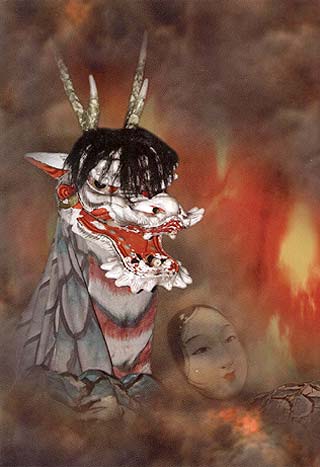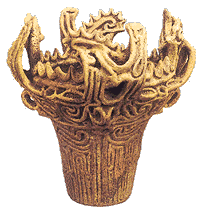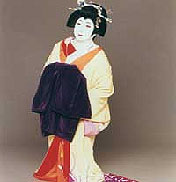Yakuza Eyga
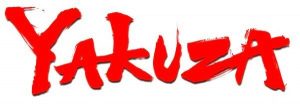 Yakuza Eyga (Jap. ヤ ク ザ 映 画, literally – gangster cinema) is a Japanese cinema genre dedicated to the yakuza, at different times allowing either heroization or absolute denial of these characters. In the 1960s and the first half of the 1970s, the genre absolutely dominated the film distribution of this country.
Yakuza Eyga (Jap. ヤ ク ザ 映 画, literally – gangster cinema) is a Japanese cinema genre dedicated to the yakuza, at different times allowing either heroization or absolute denial of these characters. In the 1960s and the first half of the 1970s, the genre absolutely dominated the film distribution of this country.
The formation of the genre
In the era of silent cinema, films about bakuto, the forerunners of modern yakuza, became widespread in Japan. Most often, the plots were dedicated to fictional or real historical characters, to noble lone robbers who came to the defense of peasants oppressed by the authorities. For example, at least 8 films were dedicated to the semi-legendary hero from the time of the Tokugawa clan Tyuji Kunisade from 1911 to 1935, including the trilogy “The Diary of Travel of Tyuji”. During World War II, Japanese cinema did not allow the production of paintings on such topics, as it was completely subordinated to the release of propaganda films. In 1948, Akira Kurosawa was the first to return to the topic with the film “Drunken Angel”. The occupation of Japan by the allied forces did not contribute to the development of national traditions and ideas in the cinema, but after its completion the then-young director Teruo Ishii made four films in the Noir style from 1958 to 1961 at the Shintoho studio: “The Secret Zone of the White Line”, “The Zone of the Black Line” , “Yellow Line Zone”, “Sex Line”, which became the first post-war attempt to show real, including criminal life in the blocks of Tokyo Asakusa and Ginza.
Yakuza Eyga
Mukusekeki Akusen
Mukusekeki akusyon (Japanese 無国籍 ア ク シ ョ ン, literally – unlimited action or unlimited action) is a subgenre of the yakuza eiga that originated at Nikkatsu (Nikkatsu) studio in the late 1950s, for which, according to the definition of film critic Ivan Denisov, the “new Japanese individualism and liberation from the bonds of traditionalism. ” The directors in their films gradually became aware of their freedom, while returning to the national traditions of cinema, they freely and organically used the accumulated experience of criminal films in Europe and the USA. Another feature of Akusen mukokuseki is the creation of not only gangster ribbons, but also the so-called “miso-westerns” (similar to “spaghetti westerns”). The most significant works of the subgenre were: “I am waiting” by Koreyoshi Kurahara (1957), “Rusty knife” by Toshio Masuda (1958), “My passport is colt” by Takashi Nomura (1967), “Three seconds before the explosion” by Motoma Ida ( 1967). Separately, it is necessary to note Seijun Suzuki and his “Youth of the Beast” (1963, filmed essentially on the basis of the plot of “Bloody Harvest” by Dashill Hammett), “Tokyo Wanderer” (1966) and “Born to Kill” (1967). For this work, declared incomprehensible to the viewer, Suzuki was fired from Nikkatsu’s studio. Almost right there, Teruo Ishii took his place, he shot two films about the Yakuza women “Friendly Killer” (1969) and “Tattooed Swordsman” (1970), which made Meiko Kaji a star. Probably the main male actors in Mukusekeki Akusen are Akira Kobayashi and Jo Shishido. Many years later, in 2005, the latter compared the crime films of Nikkatsu Studios and the related products of Toei:
“These fighters were completely different. Nikkatsu, in fact, produced youth films – completely human stories with young heroes, sometimes containing criminal characters or situations. Toei made pictures of real yakuza. <…> They tried to remove the reality of the yakuza world, its ethnos. The audience was completely different. People who came to watch Toei films loved the Yakuza tapes. But those who preferred Nikkatsu went to drama. Action Nikkatsu differed from the fighters of other countries. We did not know how to organize the acrobatics of contractions or complex spectacular episodes. We focused on the history of the relationships between the characters. ”
Ninkyo eiga
Ninkyo Eyga (仁 侠 映 画 Ninkyo: Eyga, literally a heroic film or a knight’s film) – films of the Yakuza Eyga subgenre, produced mainly by Toei (Toei). In 1961, the aforementioned Shintoho studio went bankrupt, and Teruo Ishii moved to Toei, where he directed the crime comedy “Flower, Storm and Gang” with then-beginning actor Ken Takakura. The work of the actor and director was gaining popularity, the peak of which fell on the release of the 1965 film “Prison of Abashiri” (17 more sequels of this tape will be released in the next three years, nine of which will be shot by Teruo Ishii). These films formed the basis of the Ninkyo subgenre. It is characterized by the romanticization of the “noble” past of the Yakuza. Plots developed mainly at the beginning of the 20th century, and the confrontation took place between the “positive, disinterested” Yakuza and the “new” bandits – greedy villains. The desire to heroize the Yakuza did not appear by chance: the criminal business was actively involved in film production. The famous actor of this genre was Noboru Ando, in the past – the boss of the Ando-gumi crime family. Another actor – the undisputed leader, and even the personification of the genre, was Koji Tsuruta.
